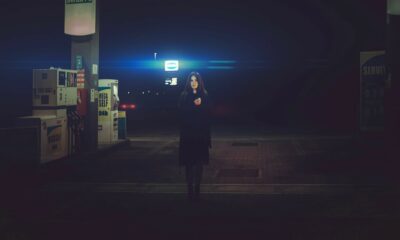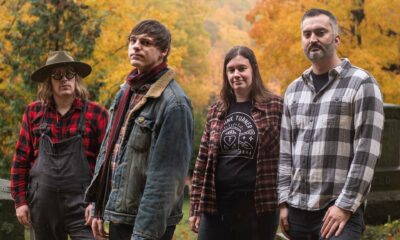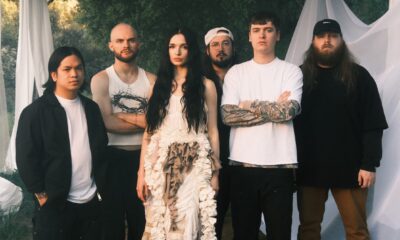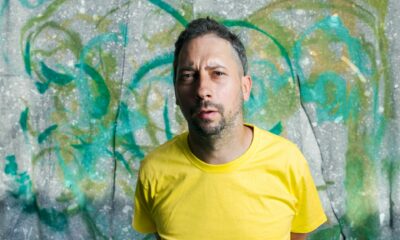Interviews
WAVES THAT STRAY Interview: Capturing Toronto’s Energy and Musical Undercurrents
Toronto-based artist Waves That Stray, aka Sean MacLean is creating music outside the box of what you may be used to. He’s made ‘waves’ on his own and is now ready to take this beyond just some one-man show!
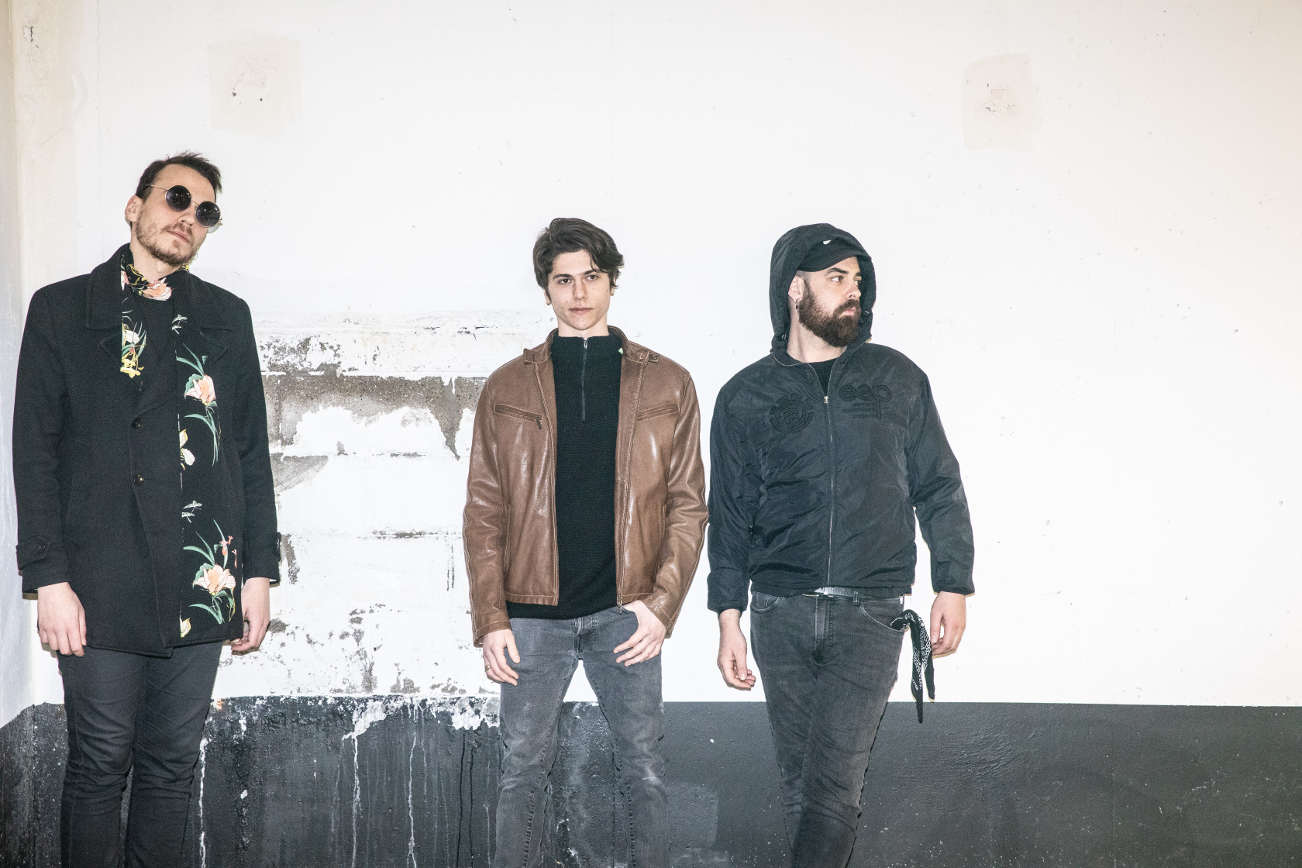
We recently spoke with up-and-coming Toronto-based act Waves That Stray, an alias for Sean MacLean, the mastermind behind this beautiful musical madness. MacLean has come a long way since his humble beginnings in Newmarket, Ontario and is now firmly entrenched as an influential part of the Toronto music scene. It’s difficult to describe the project’s sound but it’s been noted as “creating outside the box where no rules apply.”
Last year, MacLean released WTS’s debut single “Brick By Brick”, which was recorded at a location close to where MacLean bartends at the Toronto landmark Chery Cola’s. MacLean has now also released his project’s self-titled debut, an album that stands as a challenging, yet accessible new recording. Find out a little more about this emerging artist below, what the buzz is all about, and stream the tunes at iTunes or Spotify.
Apple classifies your music as “rock” on Apple Music and iTunes. After listening to your music, especially “Mr. Wild the Killer Child”, I would say that it is much more than simply just rock music. How would you describe your music to a new listener?
Sean MacLean: To keep it simple… rock, but it’s more like if Police and Portishead had a love triangle with Alt-j, then you might get an idea of what to expect on the album.
Watch the artsy video for the addictive single “Mr Wild The Killer Child”.
Where does the band name “Waves That Stray” come from and what does this name signify for you?
Sean: Waves that Stray came from me never wanting fit in one genre and have more of a TV on the Radio approach to music. I couldn’t see myself playing inside a scene just to be accepted or try to be something I’m not. The name is dropped in “Reasons, Seasons or a Lifetime” and can be described more in the title track. (Saying track makes me feel like a knob.)
One thing that I love about Toronto is its thriving and diverse music scene. We have everything from Drake to Zeds Dead to Blue Rodeo. How did living in the musical mosaic of Toronto influence your sound?
Sean: I spent years working venues scrubbing toilets and serving drinks (not in that order). After hard-hitting live “rock” I’d spin some Al Green or Frank Ocean to break up the cliche. I think the main music that influenced me in Toronto is that the truly special acts stayed true to their personality.
What would your dream music collaboration be and why?
Sean: I’d probably bring back my uncle Kenny MacLean and write a song together.
According to Cashbox Canada Magazine you have played in support of numerous bands like Blue Rodeo, The Flatliners and IllScarlett. What was it like to play with such respected bands and what did you learn from them?
Sean: This project had a lot of fingers in the pot and a few times I had people telling me to stretch the truth to create fake hype. I played bass for The Flatliners once, while we opened for Illscarlet when I was like 17. We went to grade school together and at Steve Anthony’s birthday we did an acoustic set before the singer of Blue Rodeo did a few songs. What I learned was that those bands are mad talented and that you should always be honest about who you are.
Peep the above-mentioned “Identity Crisis” video here.
According to your website, your music was featured in the short film Connection in the Dark. That is no small feat and is a huge accomplishment. How did this come to be? How did it feel to watch a movie with your music in it?
Sean: I was invited to play this festival and the producer of the film decided it would be a great fit. Later we ended up using some snippets of the film to create the “Identity Crisis” video to show more of the film.
You are also featured on Pitchfork’s best new track “Rosebud” by U.S. Girls. In my opinion, this song is very different from your usual sound. I found it to be much more alternative. How did this collaboration happen and what was it like to work on a song with a sound that is different from your own music?
Sean: U.S. Girls and I share the talented Steve Chahley’s mixing and producing skills. They called me up to do some Barry White-style vocals. With mega direction, we laid it down pretty quick and since then it’s gotten a lot of love. The record is dope.
What is next for WTS?
Sean: New music. In the works. Stepping away from the one-man band. I’ve found some like-minded players to get creative with. I’d like to focus on making the shows more of an experience and throw some cool parties.
-

 Music6 days ago
Music6 days agoTake That (w/ Olly Murs) Kick Off Four-Night Leeds Stint with Hit-Laden Spectacular [Photos]
-

 Alternative/Rock11 hours ago
Alternative/Rock11 hours agoThe V13 Fix #011 w/ Microwave, Full Of Hell, Cold Years and more
-

 Alternative/Rock1 week ago
Alternative/Rock1 week agoThe V13 Fix #010 w/ High on Fire, NOFX, My Dying Bride and more
-

 Features6 days ago
Features6 days agoTour Diary: Gen & The Degenerates Party Their Way Across America
-

 Culture1 week ago
Culture1 week agoDan Carter & George Miller Chat Foodinati Live, Heavy Metal Charities and Pre-Gig Meals
-

 Music1 week ago
Music1 week agoReclusive Producer Stumbleine Premieres Beat-Driven New Single “Cinderhaze”
-
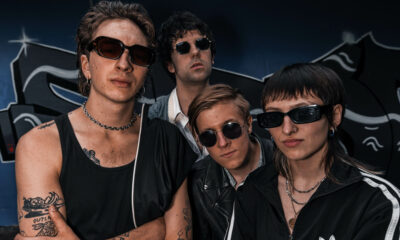
 Indie11 hours ago
Indie11 hours agoDeadset Premiere Music Video for Addiction-Inspired “Heavy Eyes” Single
-

 Alternative/Rock1 week ago
Alternative/Rock1 week agoThree Lefts and a Right Premiere Their Guitar-Driven Single “Lovulator”

